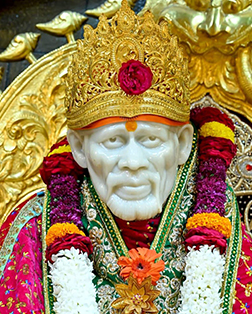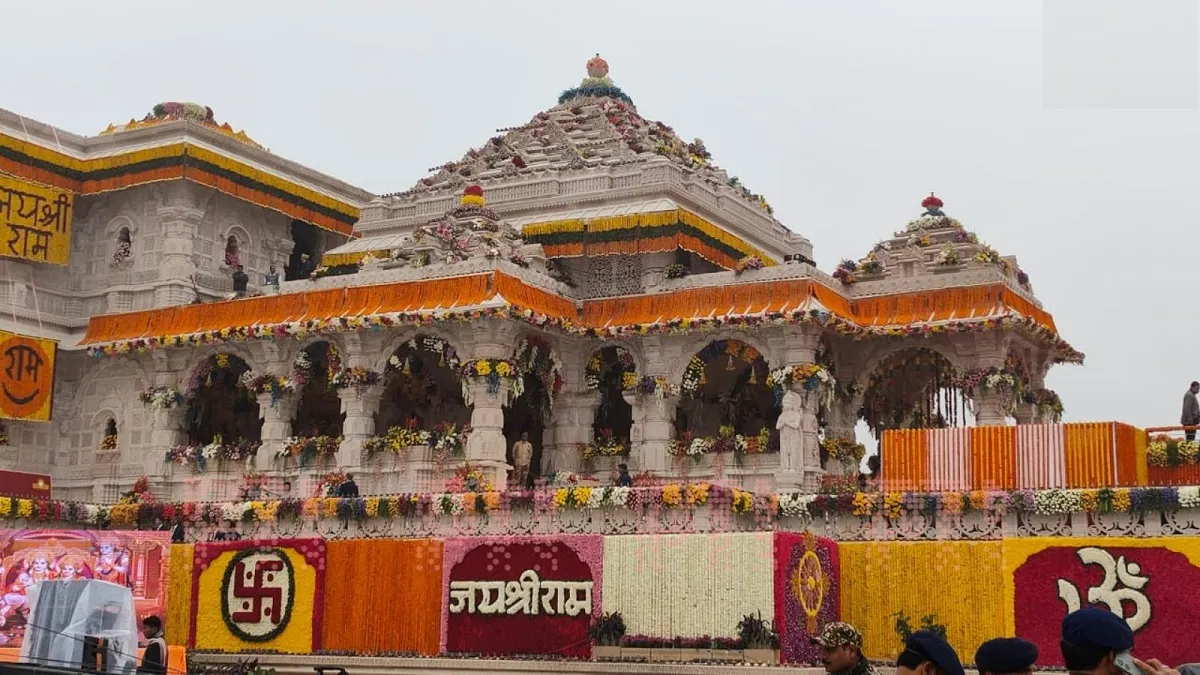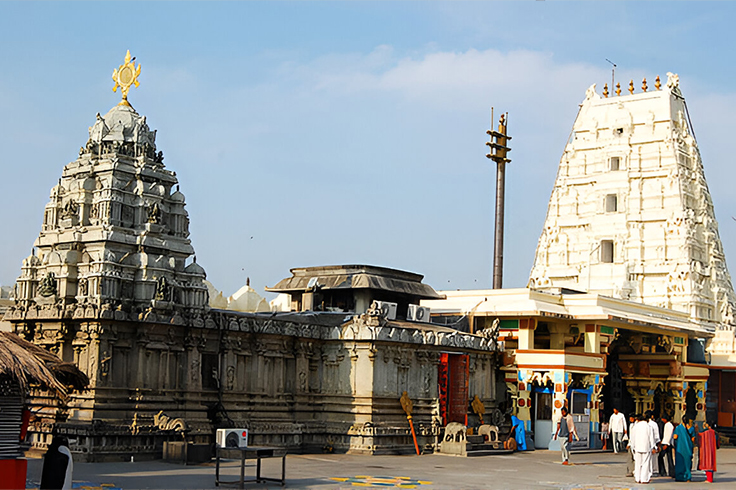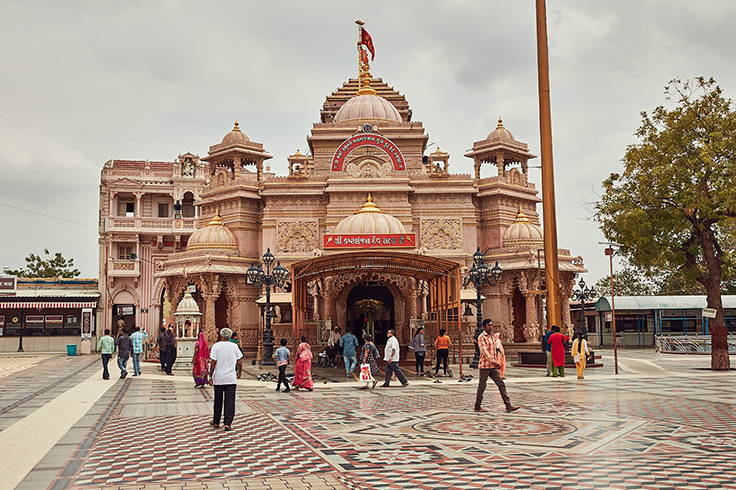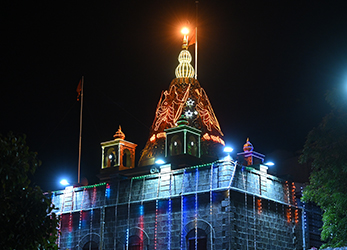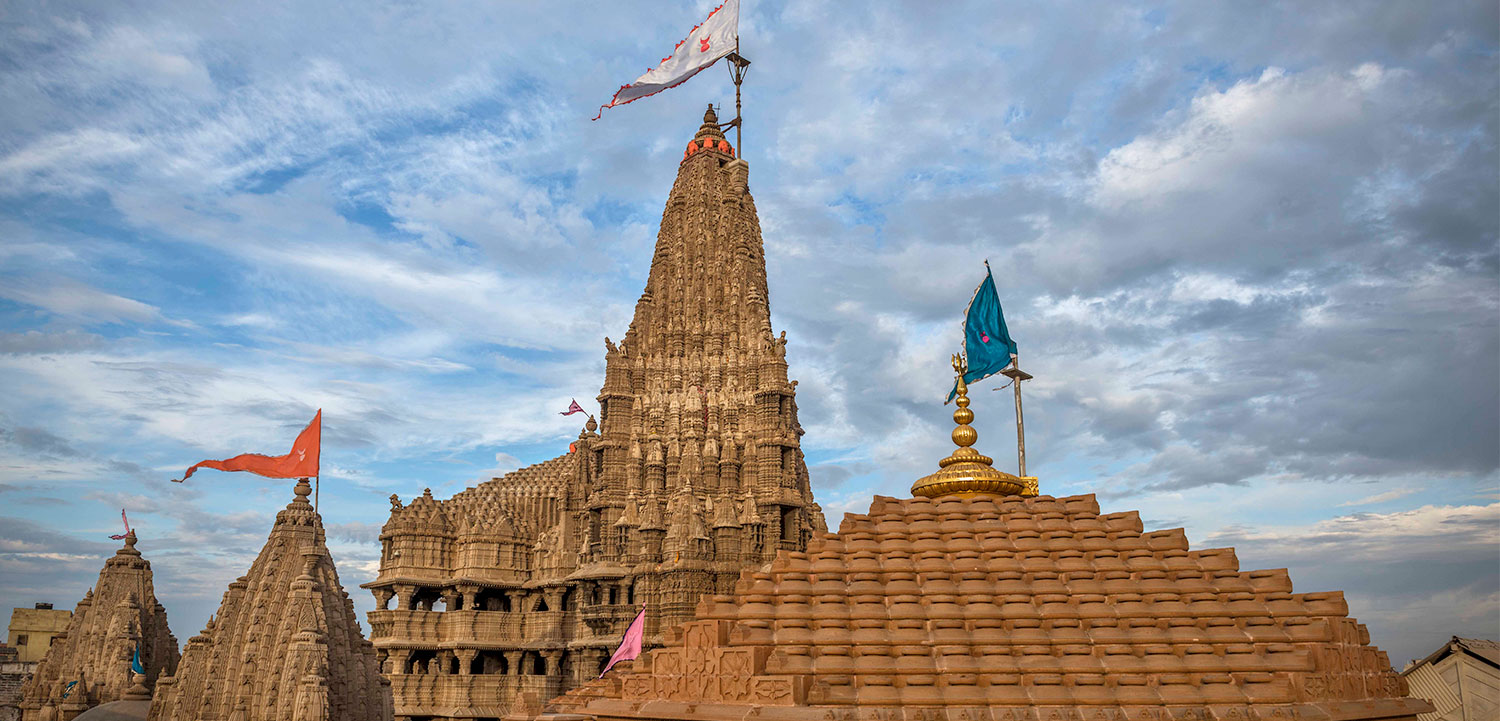
The 8 Siddhis of Hanuman: Stories and Lessons for Modern Devotees
There are various revered Sages and Gods in the Hindu tradition that have attained various levels of siddhis and blessings attaining new levels of existence and powers. Yet to attain these siddhis there are some rules and methods to be followed to attain certain powers and levels of energy source upgrade. Lord Hanuman is one such figure in Hinduism most revered to have mastered the “Ashta Siddhis” or “eight siddhis” powers that grant extraordinary abilities and insights. Each siddhi holds deep spiritual lessons that resonate with modern devotees, offering guidance and inspiration for life’s challenges.
Hanuman as Shiva’s Avatar was born to Anjana and Kesari the Monkey King and is for his strength, loyalty, and devotion to Shri Ram. This avatar came into existence as the divine plan where Lord Shiva can fulfill his wish to serve his favorite Lord Vishnu avatar. The Hanuman avatar is said to be Cheeranjivi the one who would live until the end of time, and guide the last and tenth avatar of Lord Vishnu as well. To serve his purpose and help Shri Ram it is said that he acquired various Siddhis in life, yet all his powers were forgotten at a young age due to a curse and were later remembered during his expedition with Lord Ram in search of Goddess Sita.
Here, we explore these Ashta siddhi of Hanuman, their stories, and the valuable lessons they bring to today’s world.
8 siddhis of Hanuman and Their Significance:
1. Anima Siddhi (The Power to Become Infinitely Small):
In one excerpt from the Ramayana, when Hanuman and Vanarsena were searching for Mata Sita they reached the southernmost point they got to know that she was taken to Lanka. At that point, he needed to enter the kingdom of Lanka undetected, to do so, he used his Anima Siddhi one of the ashta siddhi, shrinking himself to a tiny form and slipping into the city. This ability to become small allowed him to observe and gather intelligence without being noticed also reach goddess Sita and deliver Shri Ram’s.
Anima Siddhi teaches the power of humility, in a world that often encourages us to be noticed, this siddhi reminds us that sometimes it’s wiser to blend in and observe its better to be unnoticed so you can learn. Humility, flexibility, and discretion can be powerful tools in our personal and professional lives and that is what one should understand from this siddhi of Hanuman.
2. Mahima Siddhi (The Power to Become Vast):
In contrast to Anima, Mahima Siddhi allowed Hanuman to grow to enormous proportions. This power came in handy during his famous leap across the ocean to Lanka to find Sita. This was the first instance when Pawanputra was reminded of his enormous powers by Jambavant the mighty Bear King. When the Vanarsena reached the southern part they needed one person to meet Goddess Sita and analyze the situation there to act with the whole army later. According to scriptures among the 8 siddhis of Hanuman Ji, this was the first siddhi that Hanuman.
By expanding his size, Hanuman demonstrated his immense strength and determination, Mahima Siddhi represents self-confidence and growth. Hence it is quite significant when faced with challenges, this siddhi reminds us that we have the potential to expand our capacities. It encourages us to rise above limitations and face adversity with a bold spirit.
3. Garima Siddhi (The Power of Becoming Impossibly Heavy):
When he was to guard a sacred place Hanuman sought Garima Siddhi to become incredibly heavy, making it impossible for anyone to move him. This among the ashta siddhi of Hanuman Ji shows his ability to remain grounded and immovable when required. Hanuman used this siddhi once during the Mahabharat Era to humble the mighty Panada brother Bheem, and his predecessor as pawanputra. When in Vanvas Pandavas would roam forest and at one time Arjuna sorted Tapasya to gain Lord Shiva’s blessing and a powerful weapon. At this time while searching for him Pandavas came across Saugandhika flower which was desired by Draupadi and Bheem set to find it. In this expedition, he entered Kadilavan and encountered an old monkey blocking his way, and when he asked for a way the monkey told him to move his tail and go ahead, with his all might Bheem could not do so. Then he understood that the being was some superpower and Lord Hanuman came to his true form humbling the mighty Bheem at once.
So Garima Siddhi teaches us the importance of steadfastness and resilience. In life, staying grounded in our values and principles helps us overcome challenges and temptations, allowing us to remain immovable in the face of adversity.
4. Laghima Siddhi (The Power to Become Weightless):
In the search for Sita, Hanuman used Laghima Siddhi to become weightless and soar across mountains, rivers, and oceans. His ability to move swiftly was instrumental in completing his mission. Another portrayal of this Hanuman siddhis was when he had to find the life-giving herb Sanjivani for Laksman as he was at the death gates. He leaped from one mountain to another and when he could not find the specific herm he made the mountain weightless and carried it back to Shree Ram to save Lakshman.
About today’s understanding, Laghima Siddhi symbolizes light-heartedness and the release of burdens. Letting go of excessive worries, grudges, or negative emotions allows us to move through life with ease and efficiency. Cultivating this mindset helps us to navigate challenges with a lighter spirit.
5. Prapti Siddhi (The Power to Attain Any Desired Thing):
Prapti Siddhi among the 8 siddhis of Hanuman granted him the ability to attain anything he desired. This allowed him to gather healing herbs and other resources instantly when they were needed most. When Lakshmana was critically injured in battle, Hanuman was sent to retrieve this rare herb from the distant Dronagiri mountain. Despite facing many obstacles, he used Prapti Siddhi to swiftly reach the mountain. Yet unable to identify the specific herb amidst many others, he employed his other Asta siddhi to lift the entire mountain and bring it back to the battlefield.
Through his unwavering determination and divine power, Hanuman demonstrated his dedication to Lord Rama and the mission. While we may not possess magical powers, we can cultivate a resourceful mindset to seek out what we need to succeed. This is exactly what Prapti Siddhi teaches us, the value of resourcefulness. This siddhi encourages us to be proactive and find creative solutions in the pursuit of our goals.
6. Prakamya Siddhi (The Power of Irresistible Will):
Prakamya Siddhi embodies the power of will, enabling Hanuman to complete impossible tasks. This siddhi was essential when he leaped to Lanka, found Sita, and delivered her message to Lord Rama. An instance of Lord Hanuman’s Prakamya Siddhi, the power to enter any realm or fulfill any wish, is shown when he seeks to meet Sita in Lanka. Upon reaching Ravana’s heavily guarded palace, Hanuman uses this Asta siddhi to become invisible and enter the inner quarters undetected. Moving silently, he finds Sita in the Ashoka Vatika, surrounded by guards and in deep sorrow. With Prakamya Siddhi, Hanuman approaches her without being seen by Ravana’s soldiers. This was also implemented when Hanuman was to enter Ahiravana’s cave to rescue the Raghuvanshi Brothers Shri Ram and Laxman where he took the Panchmukhi Hanuman Avatar.
Prakamya Siddhi reminds us of the importance of determination and focus, when we pursue a goal with an unshakeable will, we are more likely to achieve it. This siddhi inspires us to stay resolute, reminding us that sheer willpower can often overcome seemingly insurmountable obstacles.
7. Ishita Siddhi (The Power to Control Natural Elements):
Hanuman’s mastery of Ishita Siddhi allowed him to control nature’s forces, including wind, fire, and water. For example, The instance is when the Lankan army tried to capture the Monkey God when he exposed himself in Ashok Vatika. When after a lot of effort they could it was decided his tail would be burned and he would be released, at that point, Ishta Siddhi of Hanuman was unleashed and harnessed fire to burn down the city of Lanka, an act symbolic of cleansing and the destruction of evil.
Thus Ishita Siddhi emphasizes mastery over one’s environment and emotions. While we may not control nature, we can control our responses to external circumstances. Practicing patience and emotional control can help us navigate life’s ups and downs more effectively, just as Hanuman skillfully managed the elements around him.
8. Vashitva Siddhi (The Power to Control Others’ Minds):
While Hanuman rarely used this siddhi, he had the ability to influence and guide others with compassion and wisdom. His persuasion often encouraged others to make wise choices, reflecting his deep sense of responsibility. Among the 8 siddhis of Hanuman ji this can be witnessed when Hanuman set out to leap across the ocean to reach Lanka, he was briefly halted by the sea, which presented obstacles like the powerful demoness Surasa to test his strength and resolve. Through his Vashitva Siddhi, Hanuman skillfully convinced and influenced Surasa to let him pass by demonstrating his prowess and respect for the divine. This siddhi enabled Hanuman to proceed on his mission unimpeded, showing his ability to command respect and navigate challenges through wisdom and control.
Vashitva Siddhi we can learn to develop the art of positive influence. By inspiring others with kindness and setting a good example, we can lead and guide those around us. True influence stems from respect, empathy, and integrity, qualities that build meaningful relationships.
Ashta Siddhi of Hanuman Ji in Modern Life
Hanuman’s Ashta Siddhis are not only powerful abilities but also profound spiritual symbols. Here are a few ways devotees can apply these teachings in their life today.
- Cultivate Humility and Adaptability (Anima and Mahima Siddhis): One can try to Embrace their strengths but remain humble to grow without ego, balancing humility with confidence is essential in today’s competitive world.
- Stay Resilient and Grounded (Garima and Laghima Siddhis): The Asta Siddhis of Hanuman Ji portray that in life one needs to stay rooted to values, but let go of unnecessary burdens to navigate obstacles with ease, one must understand that life’s challenges require resilience to find solutions and peace.
- Practice Resourcefulness and Determination (Prapti and Prakamya Siddhis): Lord Hanuman encourages his devotees to work towards their goals with a resourceful and unyielding spirit, it teaches one to be proactive and determined enabling one to overcome challenges.
- Develop Emotional Mastery and Influence (Ishita and Vashitva Siddhis): By controlling your emotions and acting with compassion, you can positively impact others. Learning from 8 siddhis of Hanuman inspires those around you with empathy and integrity.
To conclude the Ashta Siddhis of Hanuman Ji offer timeless lessons in strength, devotion, and moral integrity. In a modern world filled with challenges, his qualities of resilience, resourcefulness, and compassion serve as guiding lights for devotees. By emulating these virtues, we can navigate life’s complexities with grace, confidence, and a spirit of service.
Devotees can even praise the Lord by chanting mantra and Storas dedicated to Pawanputra, and noting the Power of the Hanuman Chalisa path fills devotees with resolute confidence and protection from the Monkey God himself. So through chanting and reciting Mantras and his stories, one can understand that true power lies in serving others selflessly, maintaining humility, and acting with unwavering determination. Even with the Ashta Siddhis, he remained humble and served Shri Ram the same way he promotes positives that can be inculcated in life by people.
Read more blogs:






